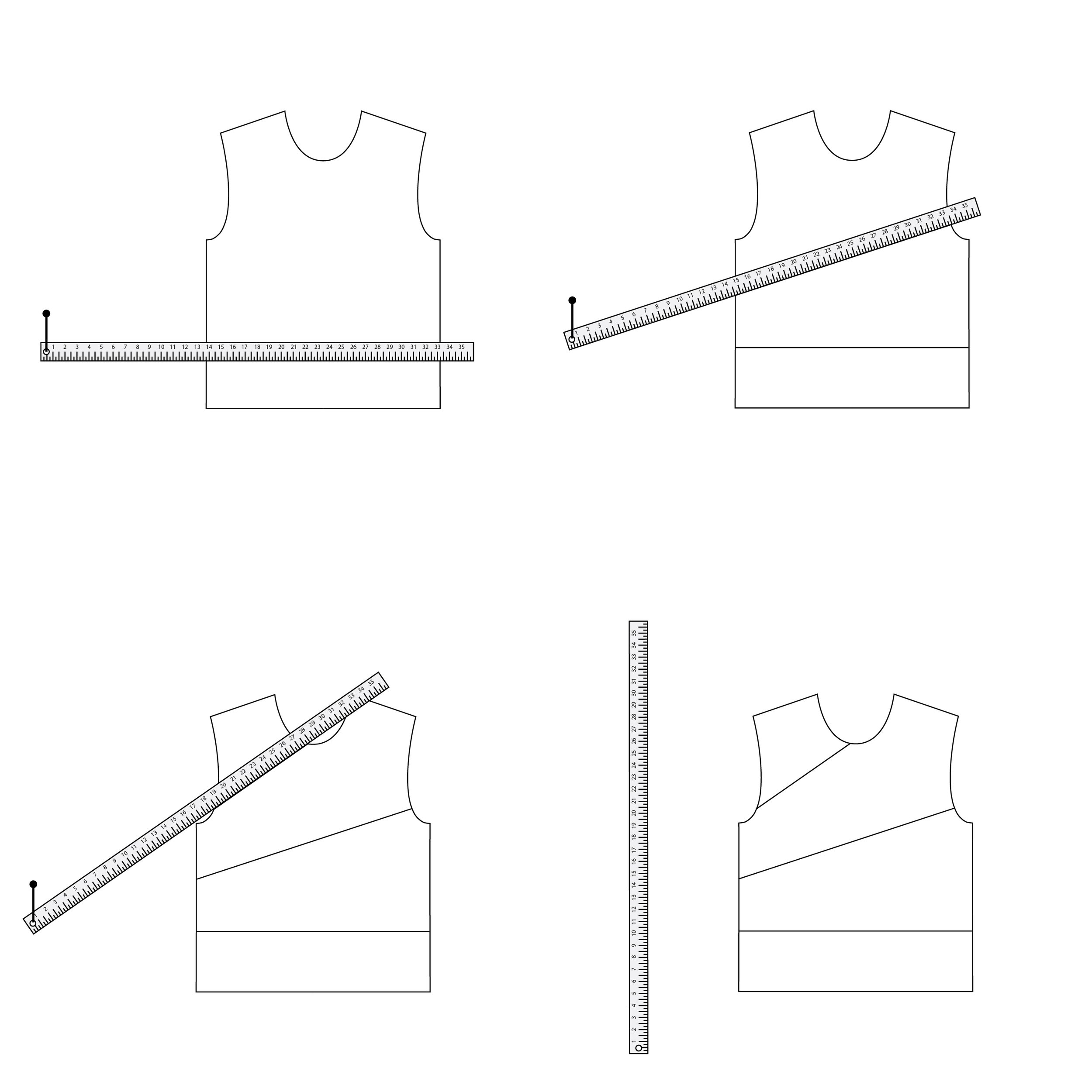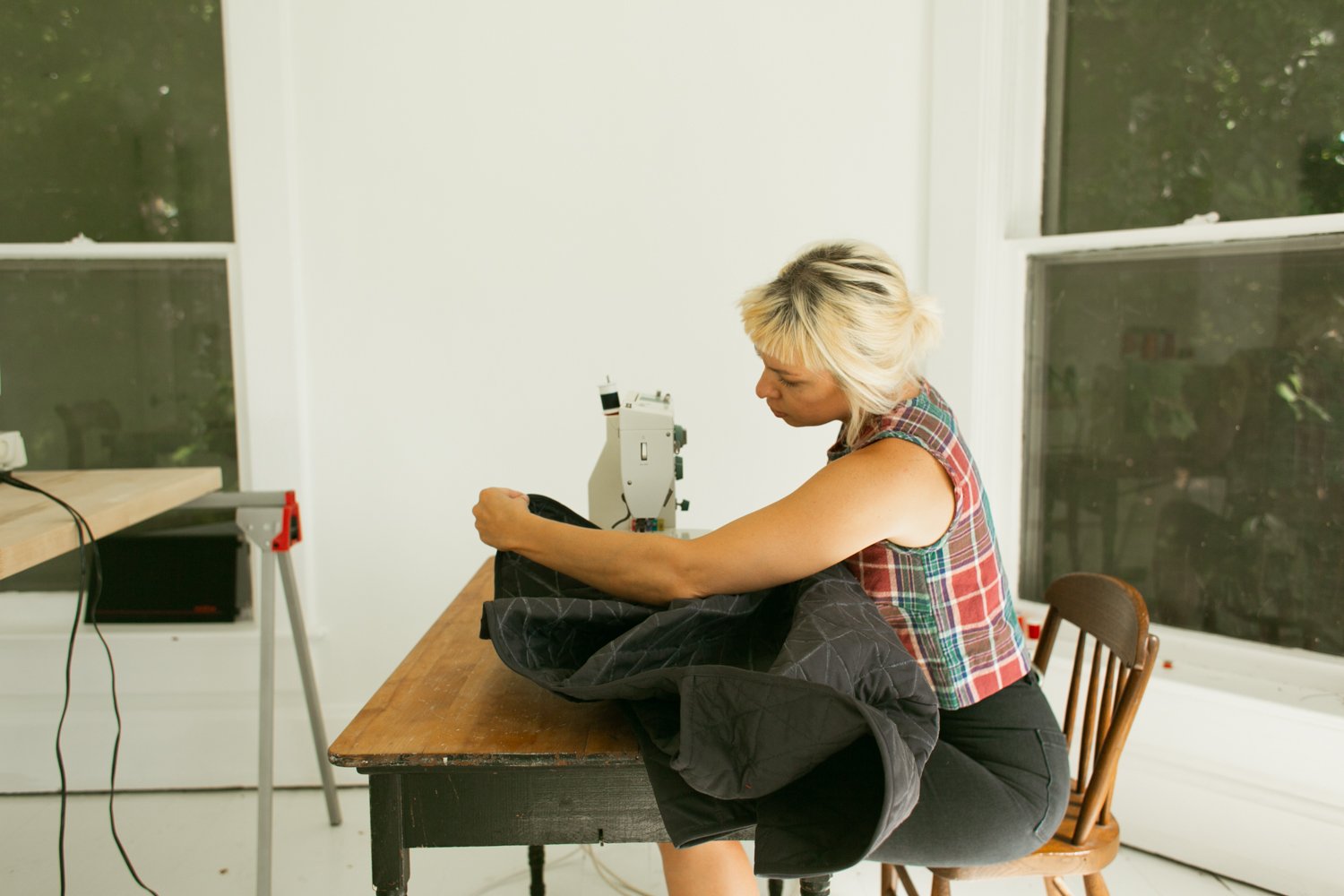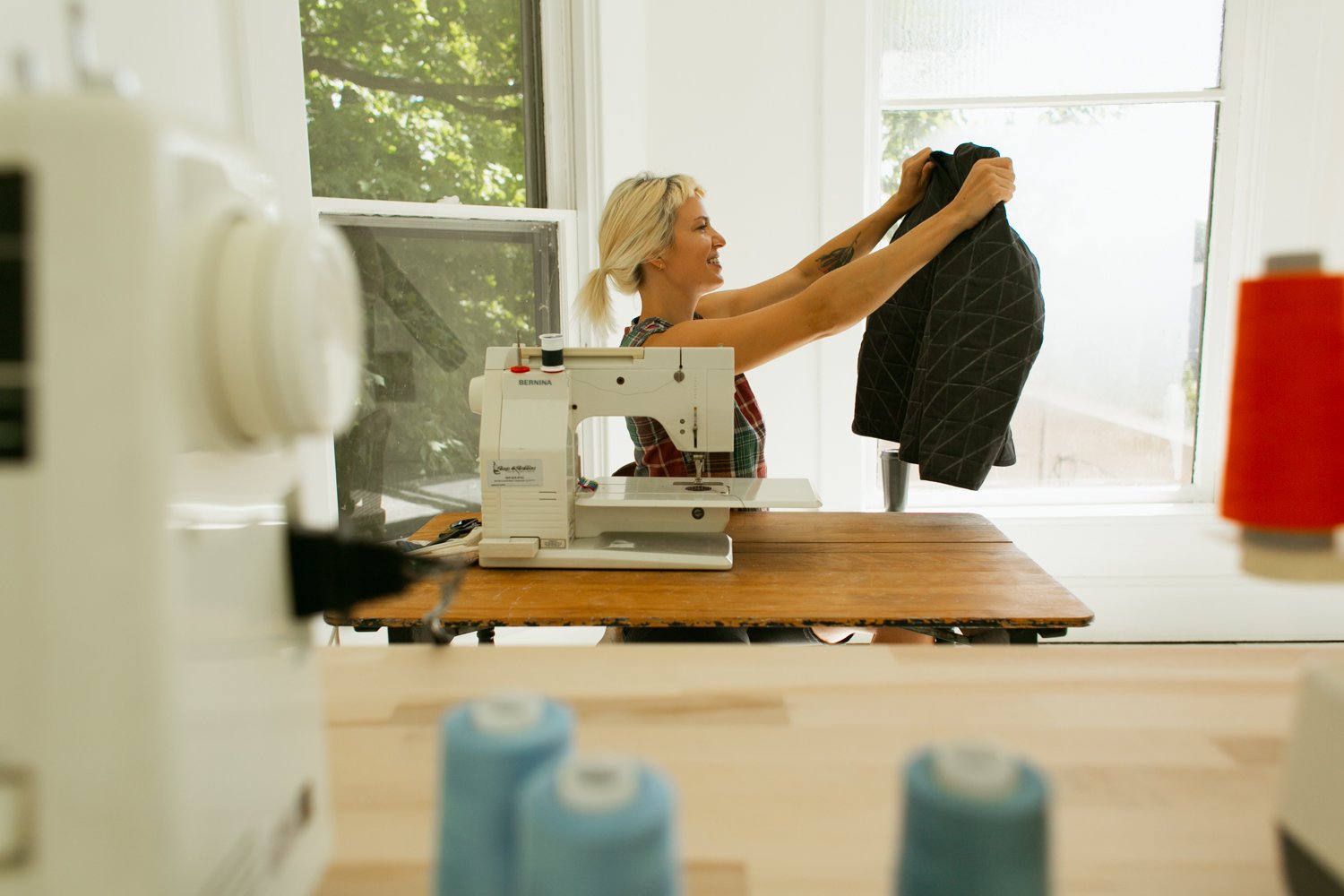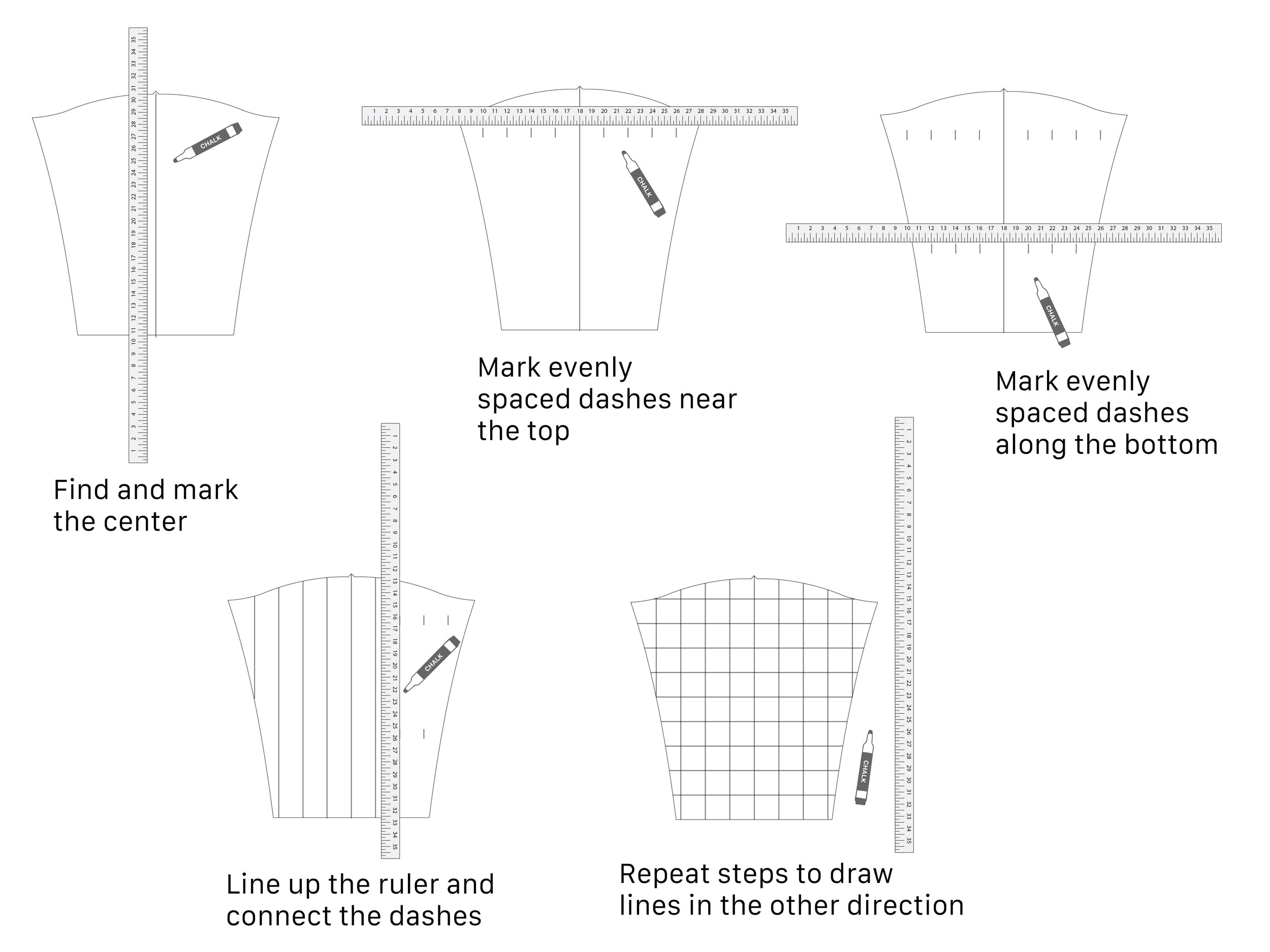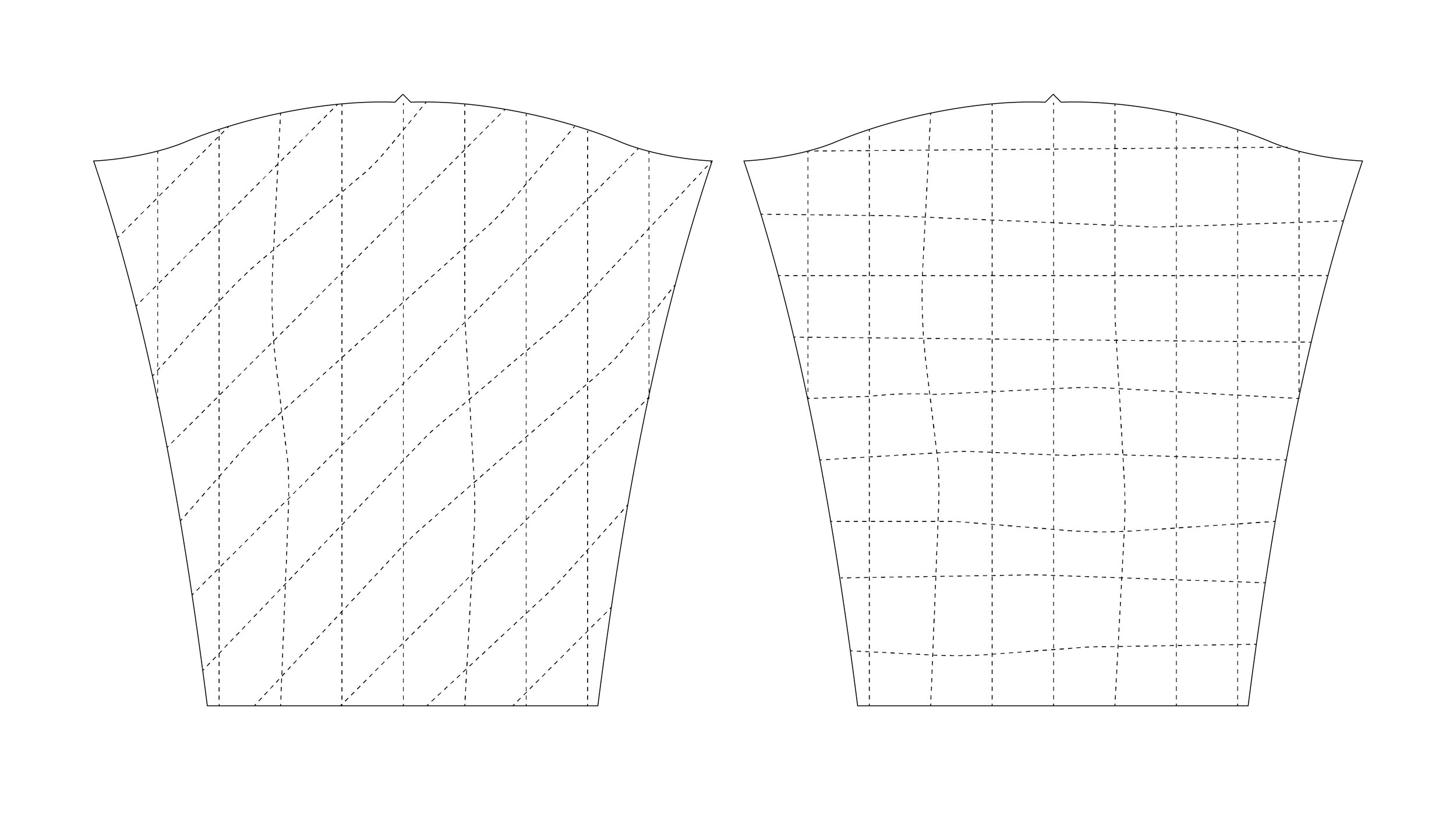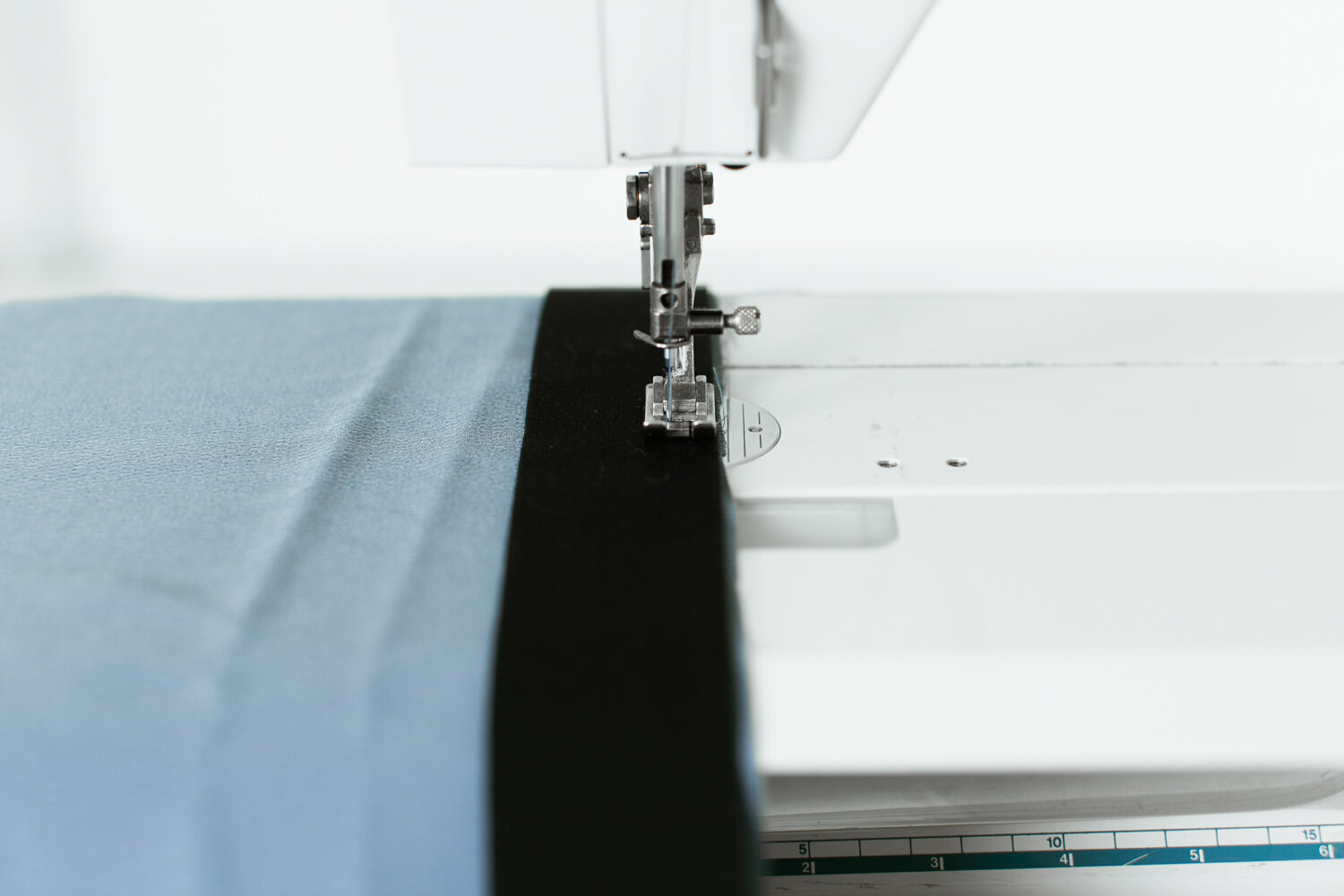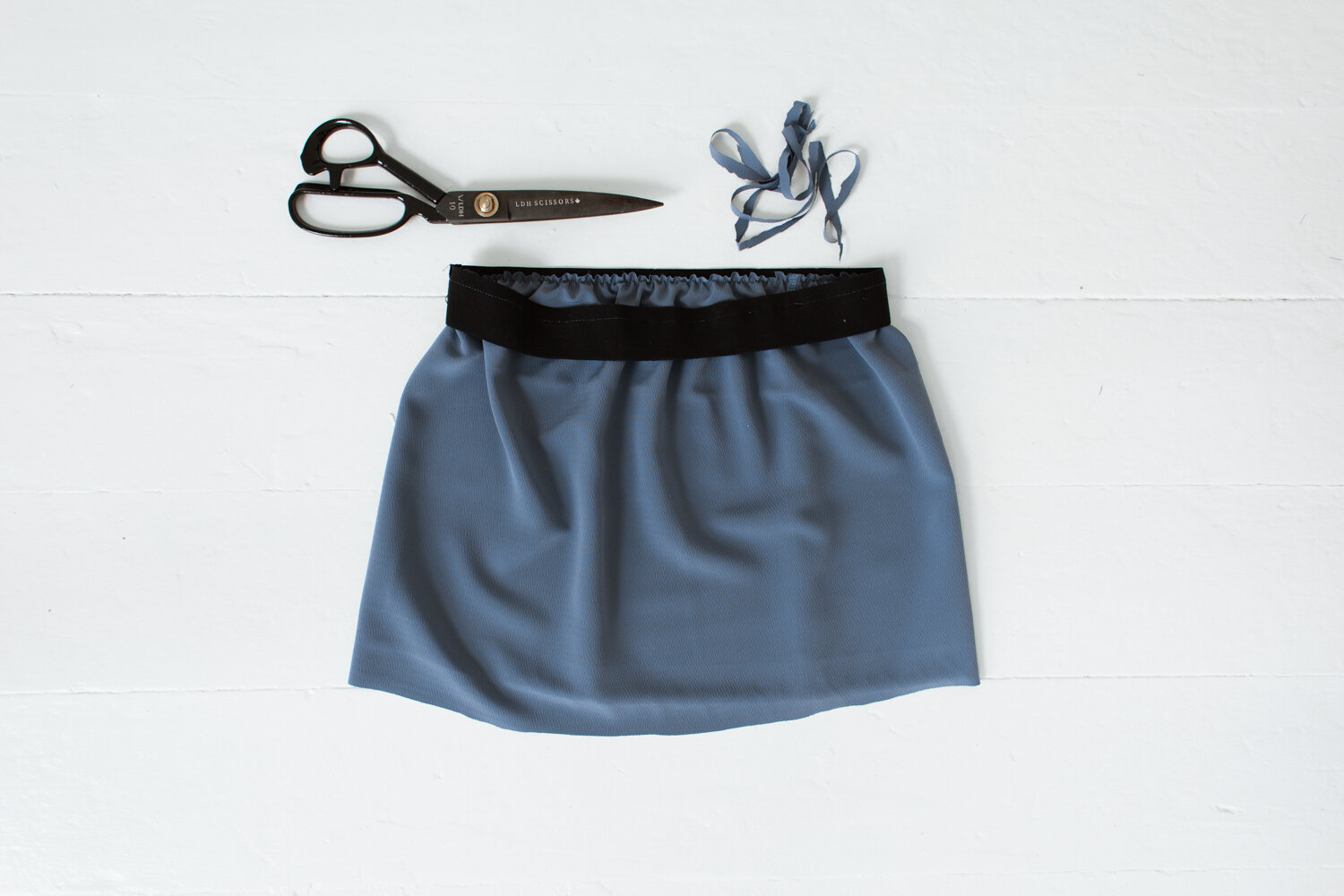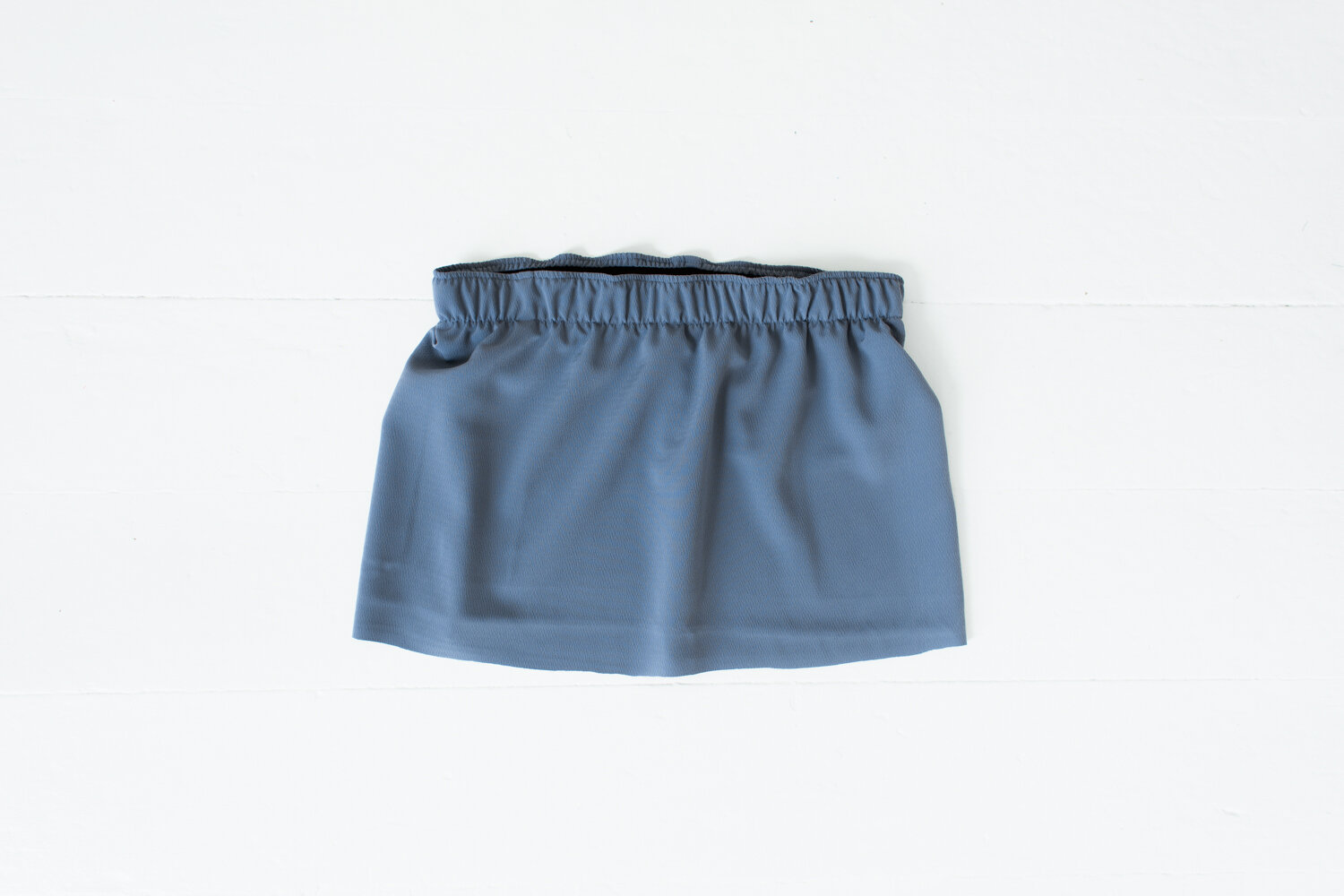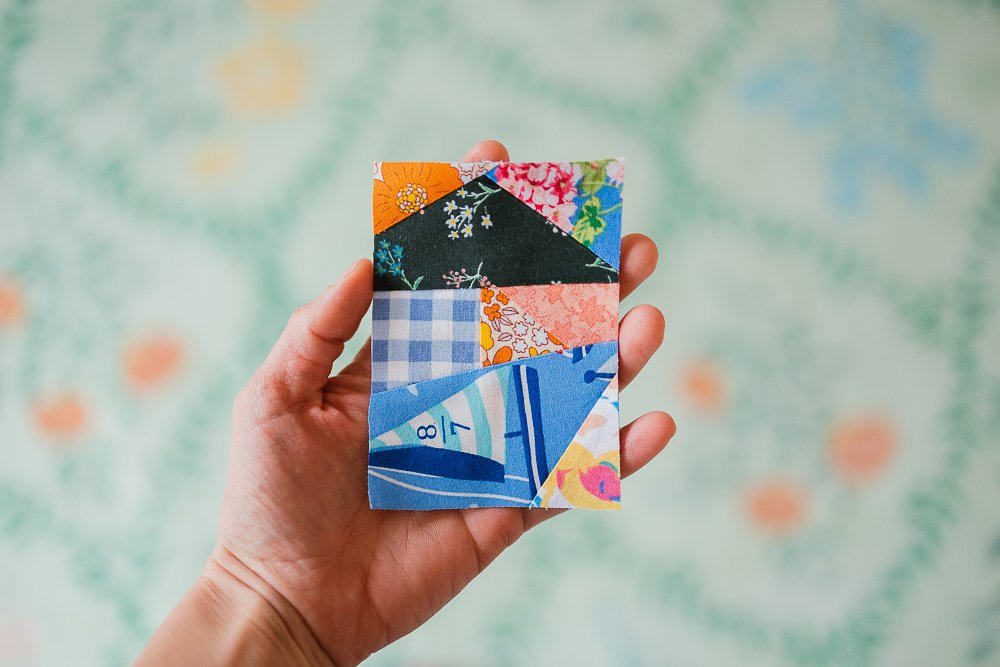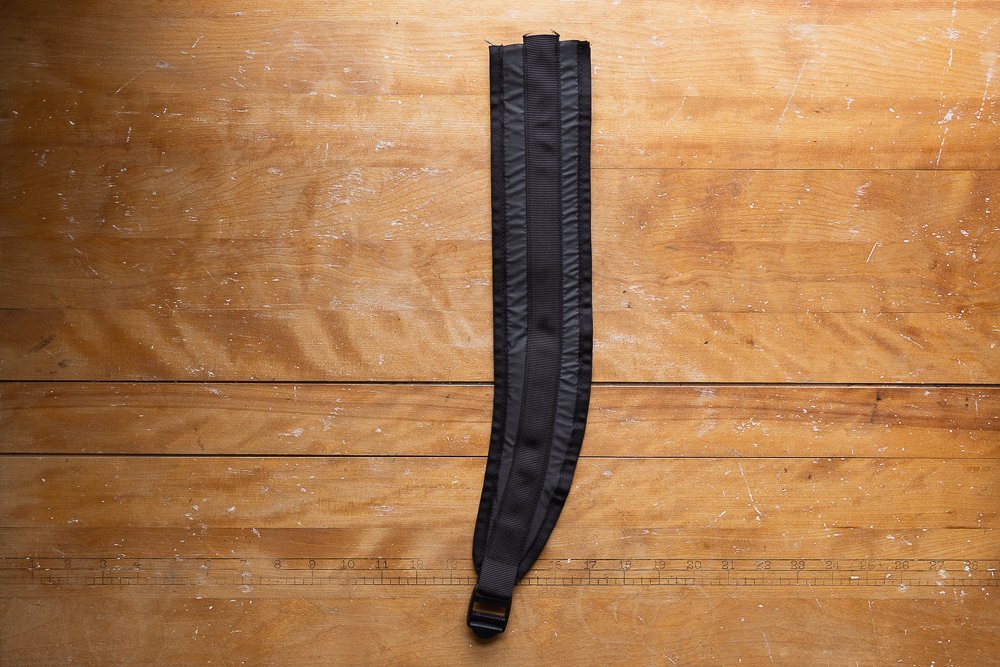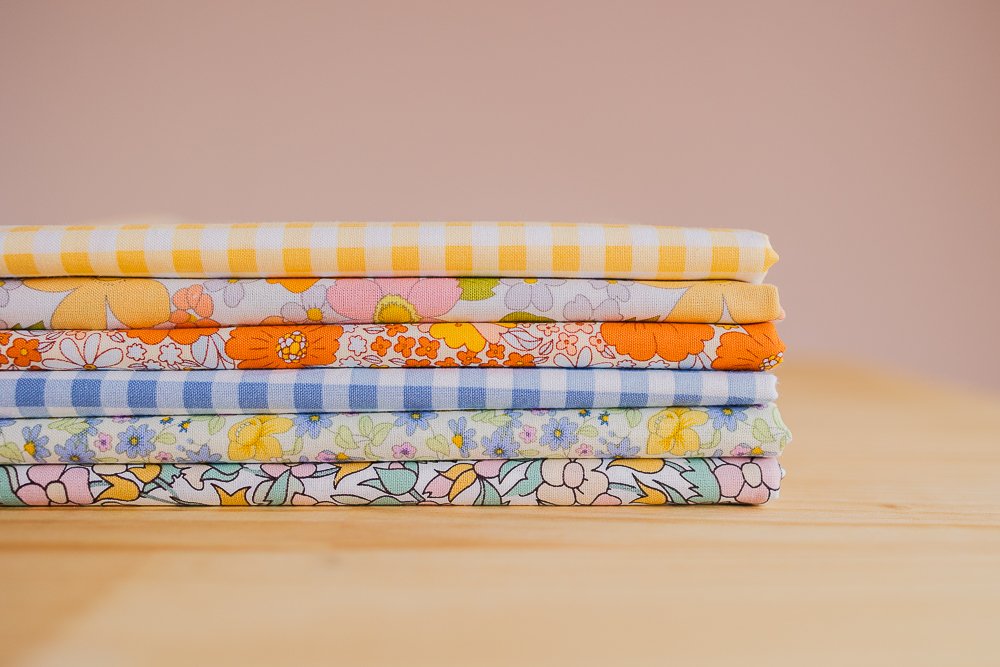Here’s how to do it!
1) Make a paper copy of the pattern with a full front bodice. I’m using my Sweet Pea Sweatshirt Pattern.
2) Grab a long ruler. Stick a pin in the left side, or hold it with your finger as you pivot to make all the lines. For mine, I positioned the left side of the ruler 14” away from the edge of the pattern. Play around with how far away you want the end of your ruler to be to get different angles on your colorblock lines.
3) Grab a pen. Draw three colorblock lines as you pivot the ruler. Try to pivot the ruler a consistent number of degrees for each line. For example, the first line is 0°, the next line is 20°, and the last line is 40°.
4) Cut the pattern along the lines.
5) Cut each piece with the color of sweatshirt fabric you want. Add 1/2” (1.3 cm) seam allowance on the sides that are going to be sewed to the other colorblock pieces.
6) Sew the pieces together with 1/2” (1.3 cm) seam allowance. Serge seams. Press seams down and topstitch with matching thread.
7) Follow pattern steps to sew the rest of the sweatshirt together.
That’s it!
You can grab the Sweet Pea Sweat Set here!
The best sweatshirt fabric source I’ve found for thick, colorful, 100% cotton fabric is Nick of Time Textiles.
Also… the other day I signed up for TikTok!

